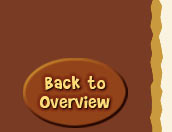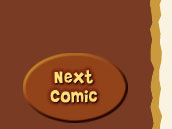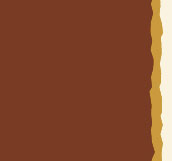|
 |
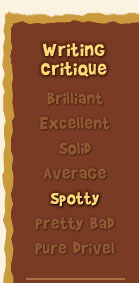
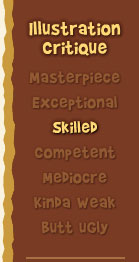
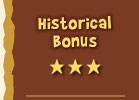
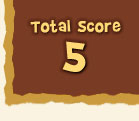
 |
Back Cover
(click for larger image) |
If you like this comic,
you might
also enjoy |
 |
ProJunior |
REVIEW SCORE 7 |
|
Teen-Age Horizons of Shangrila #1
1st Printing with Advertising / Summer 1970 / 44 pages / Kitchen Sink

|
Jay Lynch provides solid front-cover artwork for Teen-Age Horizons of Shangrila #1, but then Lynch has never done anything less than solid front-cover artwork for any underground lucky enough to get him. The opening story by Denis Kitchen is a thinly veiled, likely skewed autobiography of his indoctrination into the hippie culture. Though it makes hippies look a bit like simpletons, the story is pretty funny.
Jim Mitchell follows with a three-pager about a hippie who exacts street revenge on a couple of rude rednecks in a sports car. It would've been better if Mitchell's one-note joke actually made physical sense (fiberglass does not shatter like glass, Jim). Daniel Clyne contributes an eight-page Hungry-Chuck Biscuits story in which Chuck's anal cavity is infected with worms, which he spreads throughout his high school. The story is gross, but not as creepy-fascinating-gross as the bizarre characters in Hungry-Chuck Biscuits.
Lynch delivers his teenage tale with a four-page ProJunior story, which recounts how (and why) ProJunior dropped out of high school. Unfortunately, the dual threat ProJunior faces is neither very compelling nor particularly believable, at least on one side of the equation. Don Glassford follows up with "Another Teenage Success Story," which tracks a teenage boy band as they hit the big time thanks to some bubble gum that turns them from hippie-types to clean-cut pop stars. The story has a quick pace but the punch line is weak and rather illogical.
Justin Green chips in "Rowdy Noody," a five-pager about a rude teenage boy who shoots up drugs and raises hell in a hospital. Besides some rambunctious charm, the story isn't very funny. Mitchell has a few one- and two-pagers that wrap up the book, but they suffer the same flaws as his longer story earlier in the book, which is their one-note jokes fall pretty flat. The one saving grace is that one of them is a lampoon of the hit '60s TV show, The Mod Squad.
Teen-Age Horizons of Shangrila #1 is a mediocre underground that mostly portrays teenagers as mean, stupid and/or gross people. I get that this is a vein of humor often mined in comic books, but here it results in a comic that produces minimal laughs and even fewer surprises.
The best thing about this issue appears only in some copies of the first printing, which include eight pages of local advertising from Milwaukee businesses. The ads, which helped pay for the printing of the book, come from a gift store, pizza place, novelty shop, clothier, antique store, food co-op, motorcyle repair shop, hair styling salon, sandwich shop, and a couple of book stores and record stores.
The version of the book with the ads was only sold locally, while the version with no ads was distributed everywhere else. The ads are a kick to see and Denis Kitchen illustrated many of them. Several of the other ads used vintage engravings, which I have a feeling Kitchen picked out himself from his own archive of reference material. The advertising version isn't easy to come by though, as the ads were removed from all future printings of the book (there were three additional printings).



HISTORICAL FOOTNOTES:
There are currently four known printings of this comic book, all by Kitchen Sink and all with 50-cent cover prices. As discussed above, the 1st printing included two editions; one a local edition with 8 extra pages of advertising (44 total pages) and one a national editon without the ads (36 total pages). I have copies of both the local and national editions, and you can't tell them apart by the front or back covers, so the ad section is the only thing that differentiates them.

The last three printings can only be differentiated by the indicia on the inside front cover, which indicates its printing. The 2nd printing states "Second Printing April, 1971" while the latter two use the standard publishing shorthand (e.g., "Printing 6543" for the 3rd printing).
 |
COMIC CREATORS:
Jay Lynch - 1, 27-30
Denis Kitchen - 2-7, 19-21 (ads), 23-24 (ads), 26 (ad), 44
Jim Mitchelll - 8-10, 34, 40-42
Dan Clyne - 11-18
Don Glassford - 31-33
Justin Green - 35-39
Pete Poplaski - 43 (ad) |
 |
2nd Printing
Indicates printing on inside front cover. |
|
|



